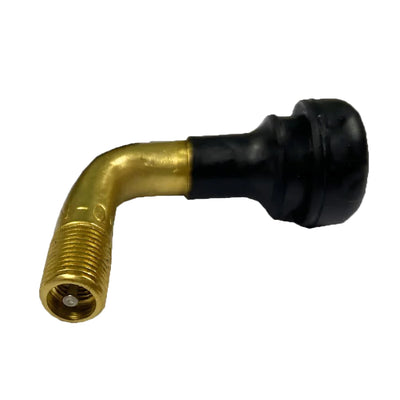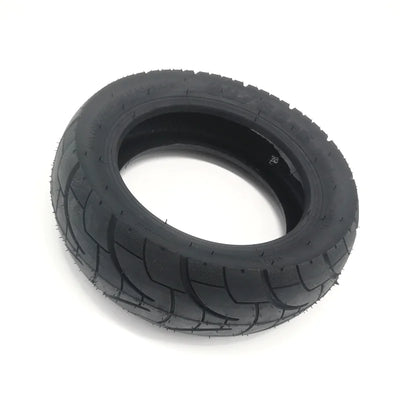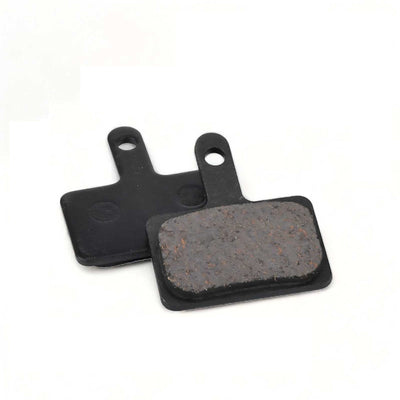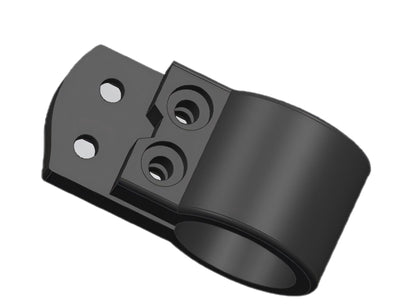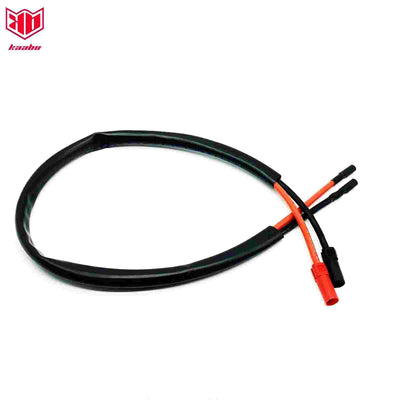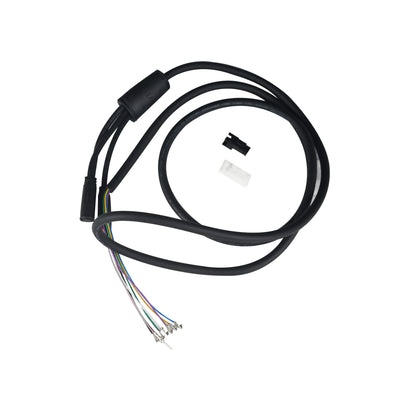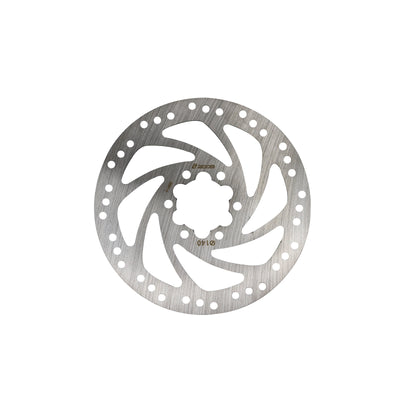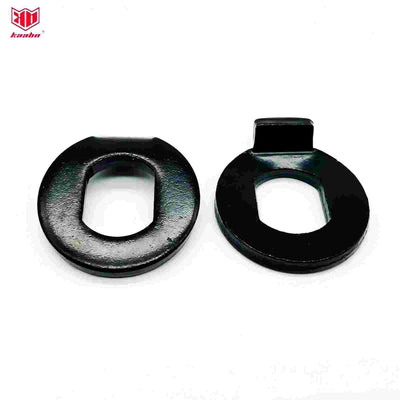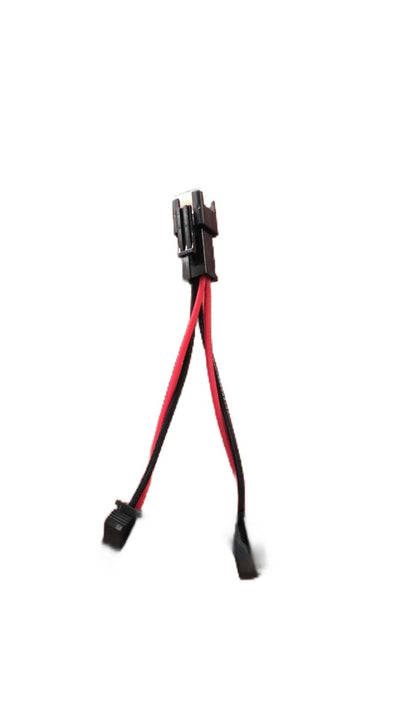Long Range Electric Scooters Winter Guide
Electric scooters have quickly become a preferred mode of urban transportation, offering convenience, eco-friendliness, and efficiency. However, as winter arrives, riders face unique challenges, from icy roads to chilly temperatures. If you own a long-range electric scooter and plan to ride it during the winter, this guide is for you. We will explore essential tips and precautions to keep your scooter running smoothly and ensure a safe and enjoyable winter riding experience.
Inspect and Prepare Your Scooter
Before heading out on your electric scooter during the winter, take some time to inspect and prepare it for the colder conditions:
Tire Check: Ensure that your scooter's tires have sufficient tread depth for better traction on slippery surfaces. Consider switching to winter or all-weather tires if you frequently ride in snow or ice.
Battery Health: Cold temperatures can affect battery performance. Keep your scooter's battery charged, and store it in a warm location when not in use to maintain optimal performance.
Lights and Reflectors: Verify that your scooter's lights and reflectors are working correctly. Visibility is essential during the shorter daylight hours of winter.
Dress for the Weather
As a rider, you must stay warm and comfortable during your winter scooter commutes. Dressing appropriately is key:
Layer Up: Wear multiple layers to trap heat close to your body. Thermal clothing can help retain warmth.
Protective Gear: Don't forget to wear your helmet, gloves, and appropriate footwear. Cold hands and feet can significantly affect your comfort and control.
Windproof Clothing: Choose clothing that provides wind protection, such as a windbreaker or insulated jacket.
Face Mask and Goggles: Protect your face from cold winds with a face mask or balaclava, and use goggles to shield your eyes from wind and snow.
Be Cautious on Icy Roads
Winter roads can be treacherous, so exercise extra caution:
Slower Speeds: Reduce your speed, especially on icy or snowy surfaces. Give yourself more time to react to unexpected situations.
Braking: Be gentle with the brakes to avoid skidding. Electric scooters often have regenerative braking, which can be helpful in maintaining control.
Steer Smoothly: Make gradual turns to maintain stability. Avoid sharp movements that could lead to a loss of traction.
Plan Your Routes Carefully
Consider altering your regular scooter routes during winter:
Avoid Hills: Steep hills can be challenging in winter conditions. Plan routes with less elevation if possible.
Salted Roads: Choose paths that are more likely to be salted or cleared of snow and ice.
Shorter Trips: Keep your trips shorter during freezing weather to reduce exposure to the elements.
Maintenance and Cleaning
Winter riding can be tough on your scooter, so keep up with maintenance:
Regular Cleaning: Wash off salt, dirt, and grime to prevent corrosion. Dry your scooter thoroughly after each ride.
Lubrication: Apply lubricant to moving parts, like the brakes and folding mechanisms, to prevent freezing and ensure smooth operation.
Store Your Scooter Properly
When not in use, store your electric scooter indoors to protect it from freezing and moisture. If you don't have a garage or a dedicated storage space, consider investing in a scooter cover to shield it from the elements.
Conclusion
Winter riding on a long-range electric scooter can be a fantastic experience if you take the necessary precautions and follow these tips. By inspecting and preparing your scooter, dressing appropriately, being cautious on icy roads, planning your routes carefully, maintaining your scooter, and storing it properly, you can enjoy the benefits of electric scooter commuting even during the winter months. Stay safe, warm, and enjoy the crisp winter air as you glide through the city on your trusty electric scooter.


























